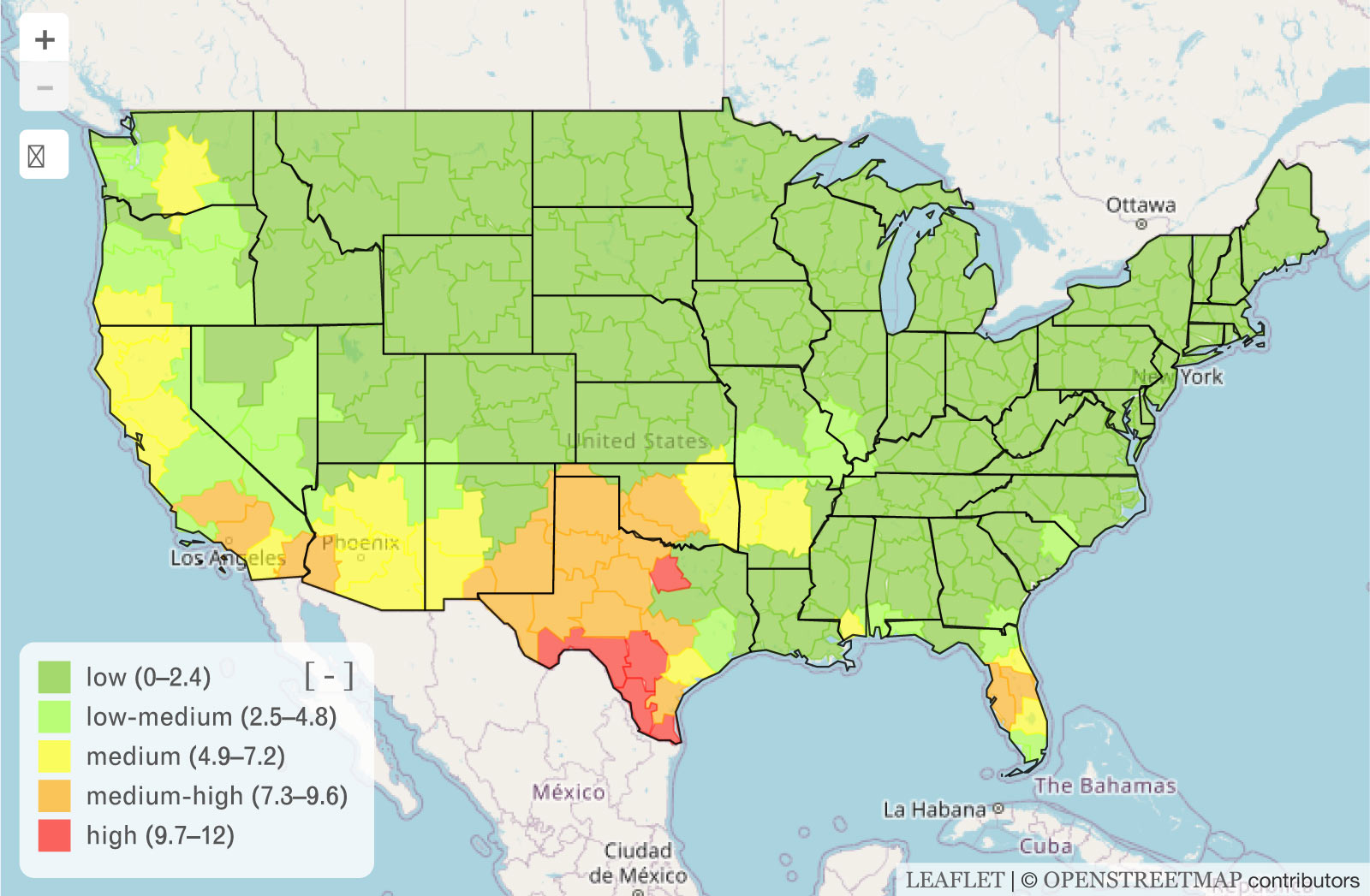Products | Pollen Data

WeatherAlpha partners with Pollen.com to provide the most reliable allergy forecasts within each locale at a zip code level. This allows brands to target their media spend and messaging to areas experiencing the highest pollen counts – and those suffering most from allergies. WeatherAlpha provides brands with a turnkey way to leverage pollen data within their platforms of choice.
Pollen.com’s data sets include current and forecast triggers for the following pollen levels:

Source: Pollen.com
- This is a best in class source which uses actual pollen spore collection devices across the US to capture the data
- Data is refreshed daily
- Spring Pollen season ranges from March – May
- Fall Pollen season ranges from August – September
- International Pollen data is available
Causes of Allergy
An allergy is a disorder of the immune system that causes symptoms, such as sneezing, itchy and watery eyes, and a runny nose. Allergens are the stimuli that cause these allergy-related symptoms. One of the most predominant allergies among the population is hay fever which causes allergic conjunctivitis and itchiness.
Environmental or dietary factors can cause reactions to allergens. The majority of people that have allergies react to airborne particles, such as dust or pollen.
How Weather Affects Allergy Forecast
Weather plays a direct role in the severity and length of the allergy season. Weather conditions will increase the amount of pollen production to yield high pollen levels or decrease pollen production to yield low pollen levels.
A mild winter can signify an early allergy season since trees tend to start pollinating earlier.
*source Pollen.com
